Products
Services & Solutions
Education & Resources
ProductsAbout Dentium
Education & ResourcesFor PatientsAbout UsContact UsProducts
Education & Resources

A dental implant is a surgical component that interfaces with the bone of the jaw to support a dental prosthesis such as a crown, bridge, denture, facial prosthesis. The basis for modern dental implants is a biologic process called osseointegration where the dental implant forms an intimate bond to bone.
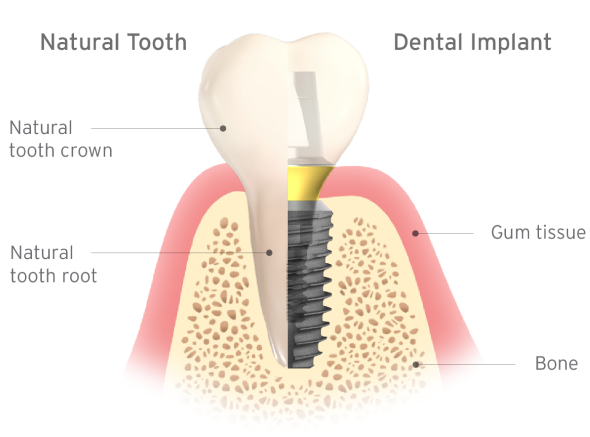

A custom-made prosthetic made specifically to resemble a natural tooth while fitting harmoniously with the adjacent teeth.
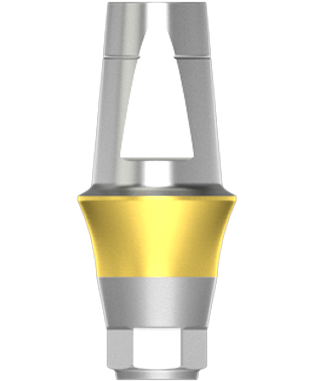
The connective element used to attach a crown, bridge, or removable denture to the dental implant fixture.
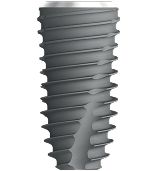
The tooth root replacement that is accepted by the body and heals together with the bone tissue.
If a significant amount of bone deterioration and teeth shifting occurs over time, it may become even more difficult to replace the missing tooth.

Without chewing pressure to stimulate, the bone will start to shrink and resorb.

Adjacent teeth can shift towards the vacant space. Over time, this will create gaps between other teeth.

Opposing teeth can also shift towards the vacant space. This can affect the arrangement and orientation of other teeth

The deterioration of the jawbone changes the appearance of the face. This can be one look older and create non-age-related wrinkles
Our teeth play an important role in chewing, esthetics, and speech. Dental Implant treatment can restore these functions and improve your quality of life.

Be able to enjoy again the food you love.

Restore your smile and feel confident.

Talk freely in social settings.
Most dental implant procedures are performed in the dentist's office and occasionally in a hospital setting. Depending on the case and the preferences of the doctor or patient, the implant procedure may vary.

The first step in any dental implant procedure is diagnosis and treatment planning. The doctor evaluates the patient's health, biomechanical and anatomical structure, and treatment options before offering the best recommendations.

Before surgery, the patient receives local or general anesthesia. Once the anesthesia takes effect, the doctor makes an incision, exposes the implant site, and uses progressively wider drills to create a socket for the implant, which is then securely placed.

After surgery, healing is essential for implant integration. The doctor will provide a temporary restoration to cover the missing tooth.

After healing is complete, the final restoration begins. An impression is taken and sent to the dental lab to create a customized prosthesis, which is then placed to complete the implant treatment.
Each patient and case may require different techniques for successful dental implant surgeries and restorations.

When only a single implant is needed, a fixture is placed and the prosthetics are made for the individual tooth.


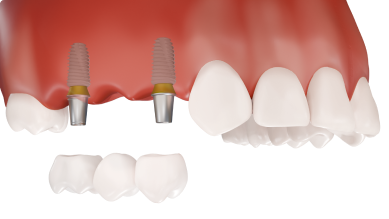
An implant-supported bridge is a viable option for multiple missing teeth. The bridge connects the prosthetics to one another and ensures stability.


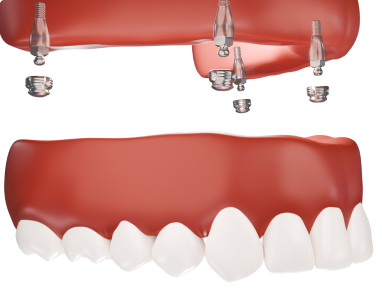
Where two or more implants are placed to provide stabilization of the denture and preserve the underlying bone.


Dental implants vary in quality, influenced by factors like design, surface, shape, and manufacturing process. These elements affect the functionality and appearance of dental implant restorations over time.
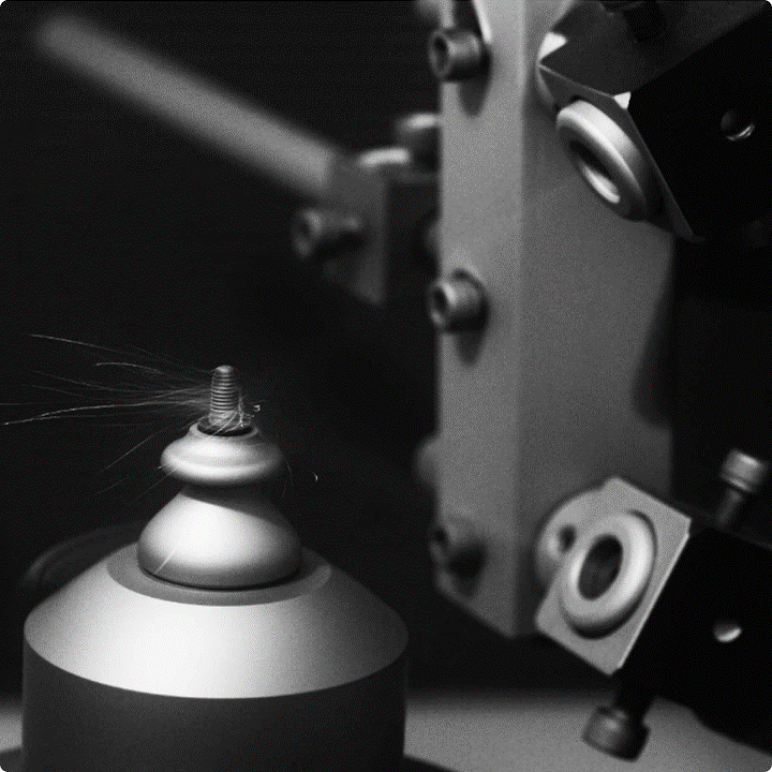
Quality Product
Dentium implants are manufactured to the highest quality and exceed the industry standards.
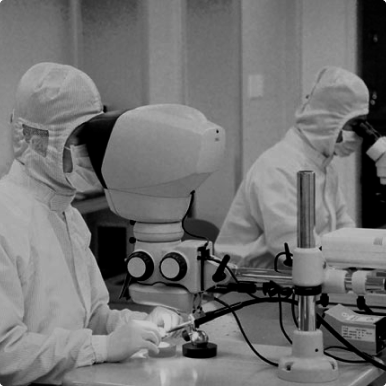
Innovation and Development
Dentium implant company continues to research, study, and implement new emerging technology to provide our clinicians with the latest proven systems.

Long-term Clinical Evidence
Dentium implants are backed with over 20 years of clinical data.